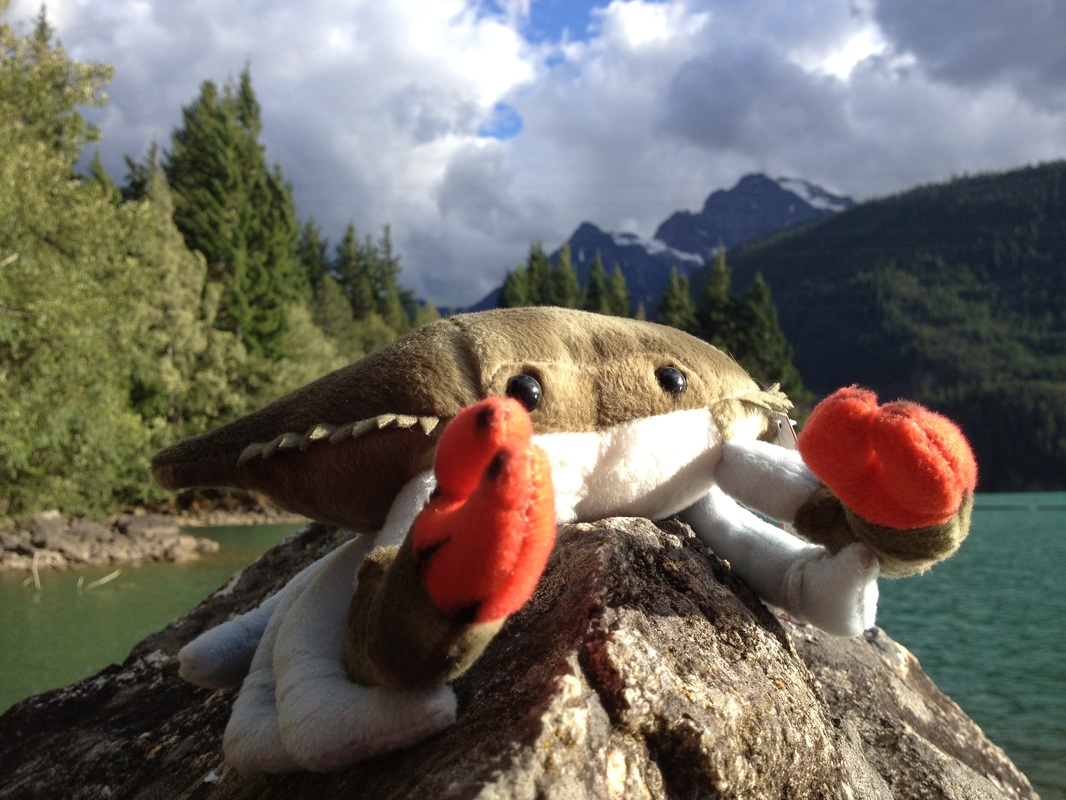This past week I attended the International Conference for Conservation Biology in Baltimore, Maryland. This was not my first SCB (Society for Conservation Biology) meeting, but it was my first as a chapter member, specifically the president of the Missouri Chapter of the Society for Conservation Biology. The differences between this meeting and past meetings were huge! Regardless of the position you have within a chapter, SCB was very welcoming towards chapter members, and attending the chapter workshop and the conference as a chapter participant has distinct advantages:
1. Instant network – MOSCB allows you the opportunity to network with conservation professionals at a statewide level, most notably through attending the annual Missouri Natural Resources Conference where our annual meeting, a workshop, silent auction, and a student poster competition. However, when attending a SCB conference, networking can be done at an international scale. SCB is a society of over 5,000 members worldwide from diverse backgrounds including academia (students and educators), non-profit organizations, and federal and state government officials. Research and management takes place across taxa and ecosystems, including those of terrestrial and marine. Attending a chapter workshop and chapter social events at a SCB meeting offers you opportunities for instant connection to dozens of other chapter members as you develop and problem solve chapter issues together.
2. Put it on your resume or CV – Being a chapter member, especially being an executive board member shows qualities of leadership, initiative, collaboration, and communication. Within MOSCB, things that you can participate in (or lead!) include creating workshops, science writing for our chapter publication The Glade, running a silent auction, and writing briefs for policy in Missouri. Our chapter is also looking to develop new events and volunteering activities throughout the year, so the possibilities are larger. Not only will these activities broaden your professional network, they are also important components to strengthen your resume/CV as they highlight to employers that you are an active member in your local and scientific community.
3. Funding – No one in conservation is in it for the money, so any bit you can get for conferences and travel helps (especially when you are a student). Attending a SCB meeting as a chapter member allows you to qualify for chapter grants, which can greatly reduce meeting costs. MOSCB also helps fund student research through our annual student poster competition at the Missouri Natural Resources Conference. First and second place winners with clear conservation implications receive financial compensation for their scientific posters.
4. Advantages of a large society and exposure – As mentioned before, SCB has a large membership and is an international organization. Being a local chapter carries the weight of the society with you. One of the advantages this can be applied to is through policy. MOSCB is beginning to become involved in policy issues. We have recently commented on the proposed sale of the virile crayfish, Orconectes virilis, a species with high invasion potential, in the state of Missouri. Read our letter to the Missouri Department of Conservation within the News section. We are looking to further develop policy issues at the state and regional level, with SCB on these issues. Read some of SCB’s past policy decisions.
Not only can you help us, but let us help you with your career in conservation biology. To join MOSCB, contact us at MissouriSCB@gmailcom. We are looking forward to having you as a member.
1. Instant network – MOSCB allows you the opportunity to network with conservation professionals at a statewide level, most notably through attending the annual Missouri Natural Resources Conference where our annual meeting, a workshop, silent auction, and a student poster competition. However, when attending a SCB conference, networking can be done at an international scale. SCB is a society of over 5,000 members worldwide from diverse backgrounds including academia (students and educators), non-profit organizations, and federal and state government officials. Research and management takes place across taxa and ecosystems, including those of terrestrial and marine. Attending a chapter workshop and chapter social events at a SCB meeting offers you opportunities for instant connection to dozens of other chapter members as you develop and problem solve chapter issues together.
2. Put it on your resume or CV – Being a chapter member, especially being an executive board member shows qualities of leadership, initiative, collaboration, and communication. Within MOSCB, things that you can participate in (or lead!) include creating workshops, science writing for our chapter publication The Glade, running a silent auction, and writing briefs for policy in Missouri. Our chapter is also looking to develop new events and volunteering activities throughout the year, so the possibilities are larger. Not only will these activities broaden your professional network, they are also important components to strengthen your resume/CV as they highlight to employers that you are an active member in your local and scientific community.
3. Funding – No one in conservation is in it for the money, so any bit you can get for conferences and travel helps (especially when you are a student). Attending a SCB meeting as a chapter member allows you to qualify for chapter grants, which can greatly reduce meeting costs. MOSCB also helps fund student research through our annual student poster competition at the Missouri Natural Resources Conference. First and second place winners with clear conservation implications receive financial compensation for their scientific posters.
4. Advantages of a large society and exposure – As mentioned before, SCB has a large membership and is an international organization. Being a local chapter carries the weight of the society with you. One of the advantages this can be applied to is through policy. MOSCB is beginning to become involved in policy issues. We have recently commented on the proposed sale of the virile crayfish, Orconectes virilis, a species with high invasion potential, in the state of Missouri. Read our letter to the Missouri Department of Conservation within the News section. We are looking to further develop policy issues at the state and regional level, with SCB on these issues. Read some of SCB’s past policy decisions.
Not only can you help us, but let us help you with your career in conservation biology. To join MOSCB, contact us at MissouriSCB@gmailcom. We are looking forward to having you as a member.


 RSS Feed
RSS Feed